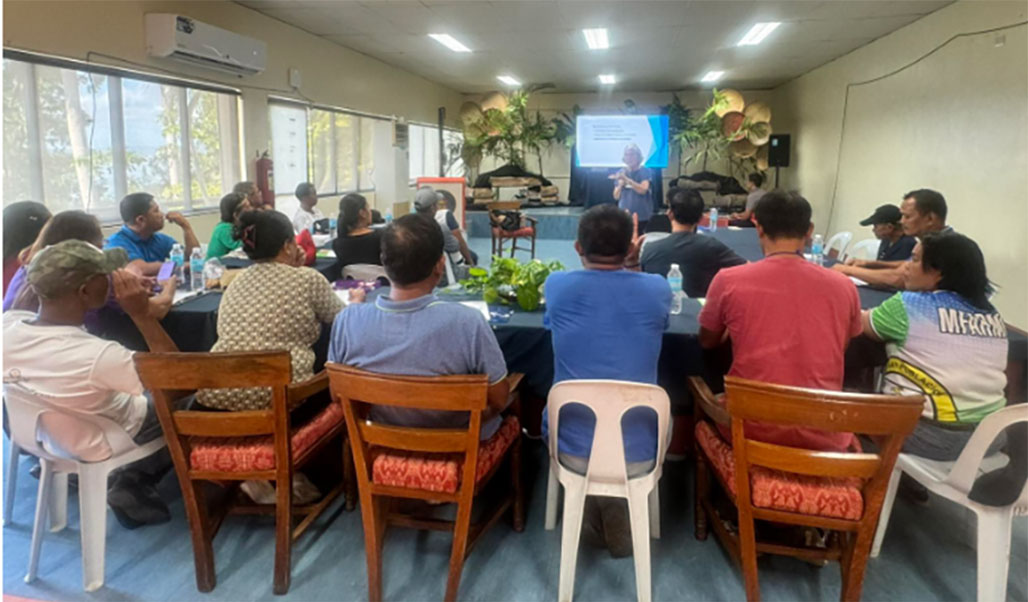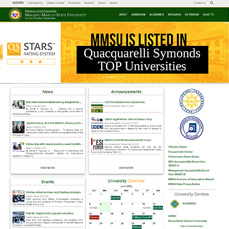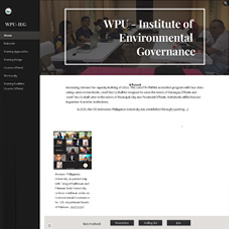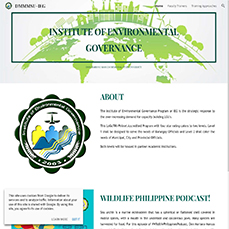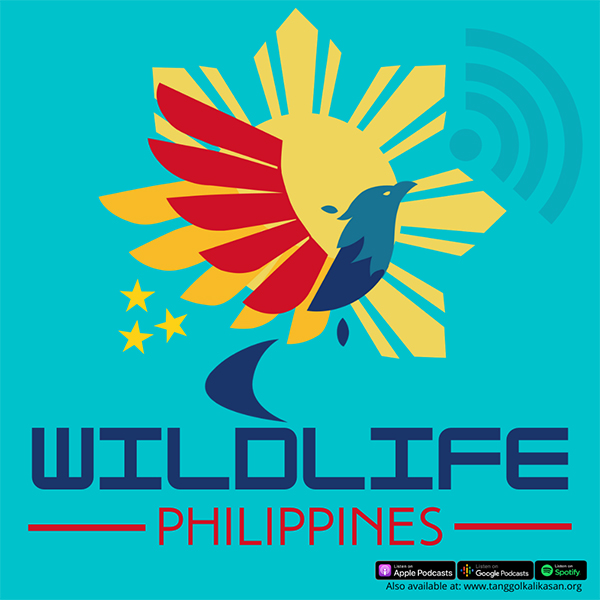
Wildlife Philippines
Wildlife Philippines talks about ecosystems, animal and plant species, and environmental issues in different parts of Luzon, Visayas and Mindanao. It is a collaborative podcast channel of more than 20 Institutes of Environmental Governance which aimed to provide educational trivia and important facts about biodiversity conservation and wildlife protection, an excellent learning aid for teachers and students!
Listen to episodes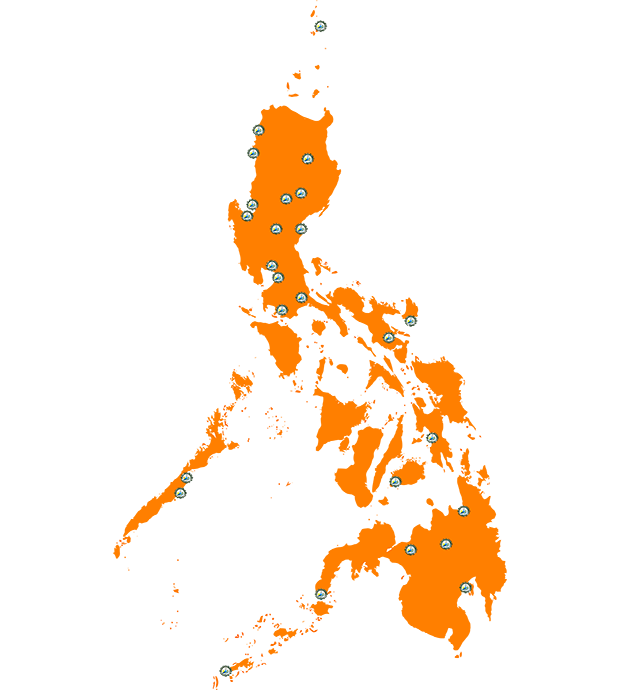
Institute of Environmental Governance
The Institute of Environmental Governance Program or IEG is the strategic response to the ever-increasing demand for capacity building of LGUs. The Program caters to two levels: Level One (I) serves the needs of Barangay Officials; and Level Two (II) caters to the needs of Municipal, City and Provincial Officials.
Find out more about IEG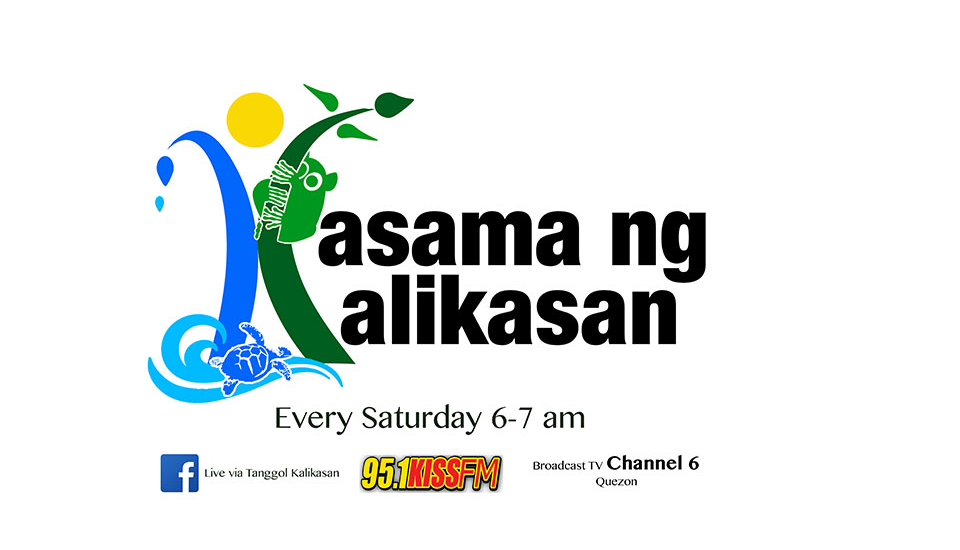
Kasama ng Kalikasan (KNK)
Kasama ng Kalikasan (KnK) is a radio-tv-program being produced by Tanggol Kalikasan to increase awareness on environmental management and protection and provide current events and up-to-date issues and challenges on wildlife protection and biodiversity conservation.
More DetailsFiberglass Reinforced Plastic FRP Patrol Boats Construction Training
Latest News
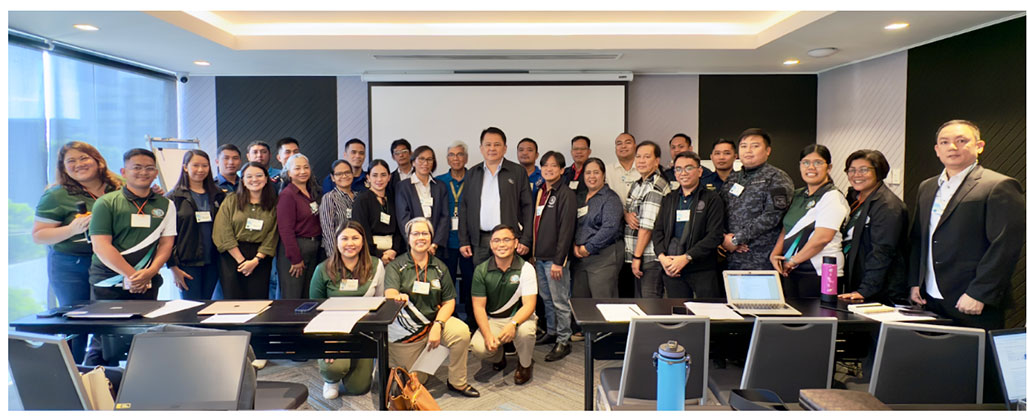
Environmental Law Enforcement Module Enhanced
